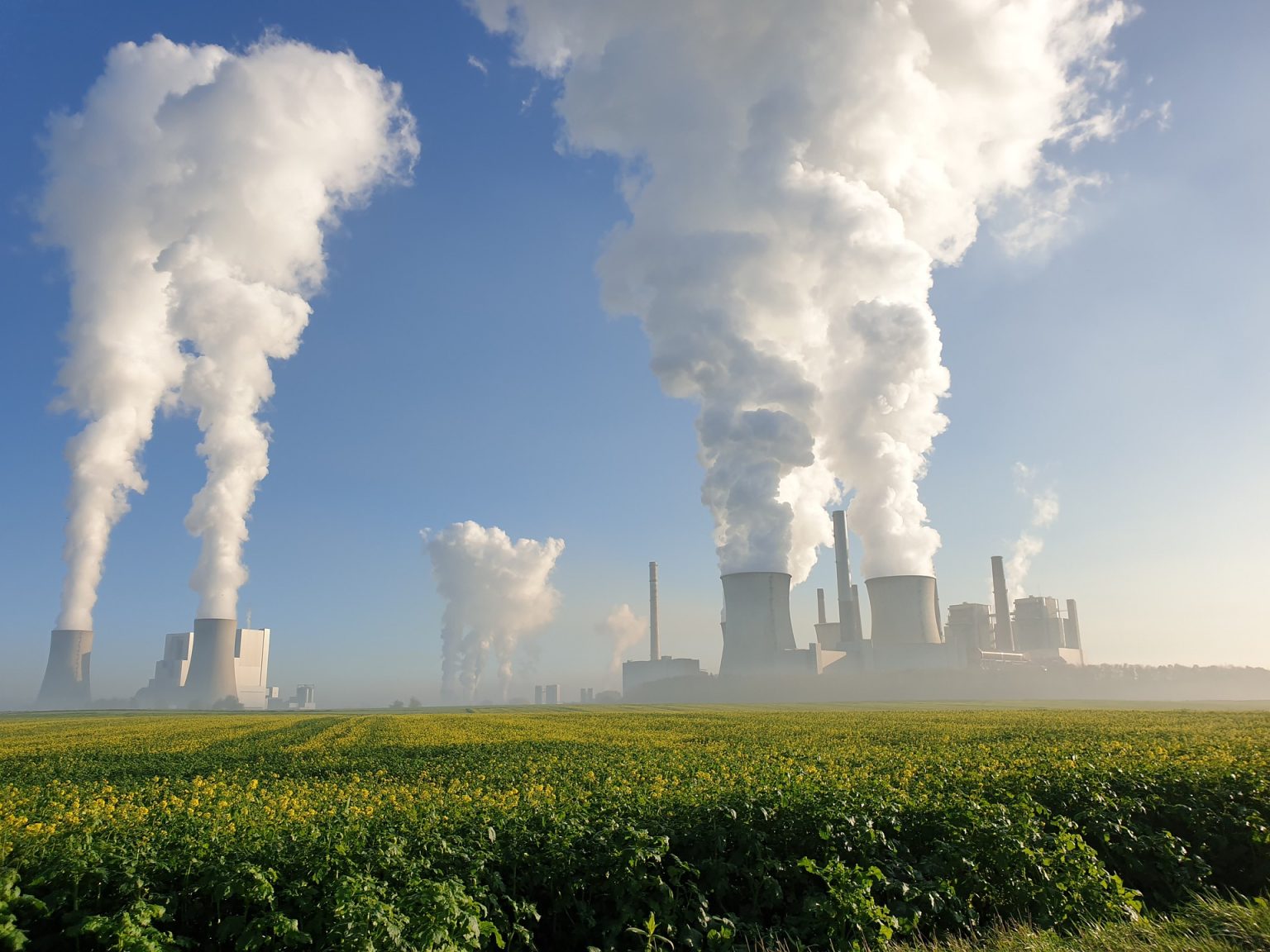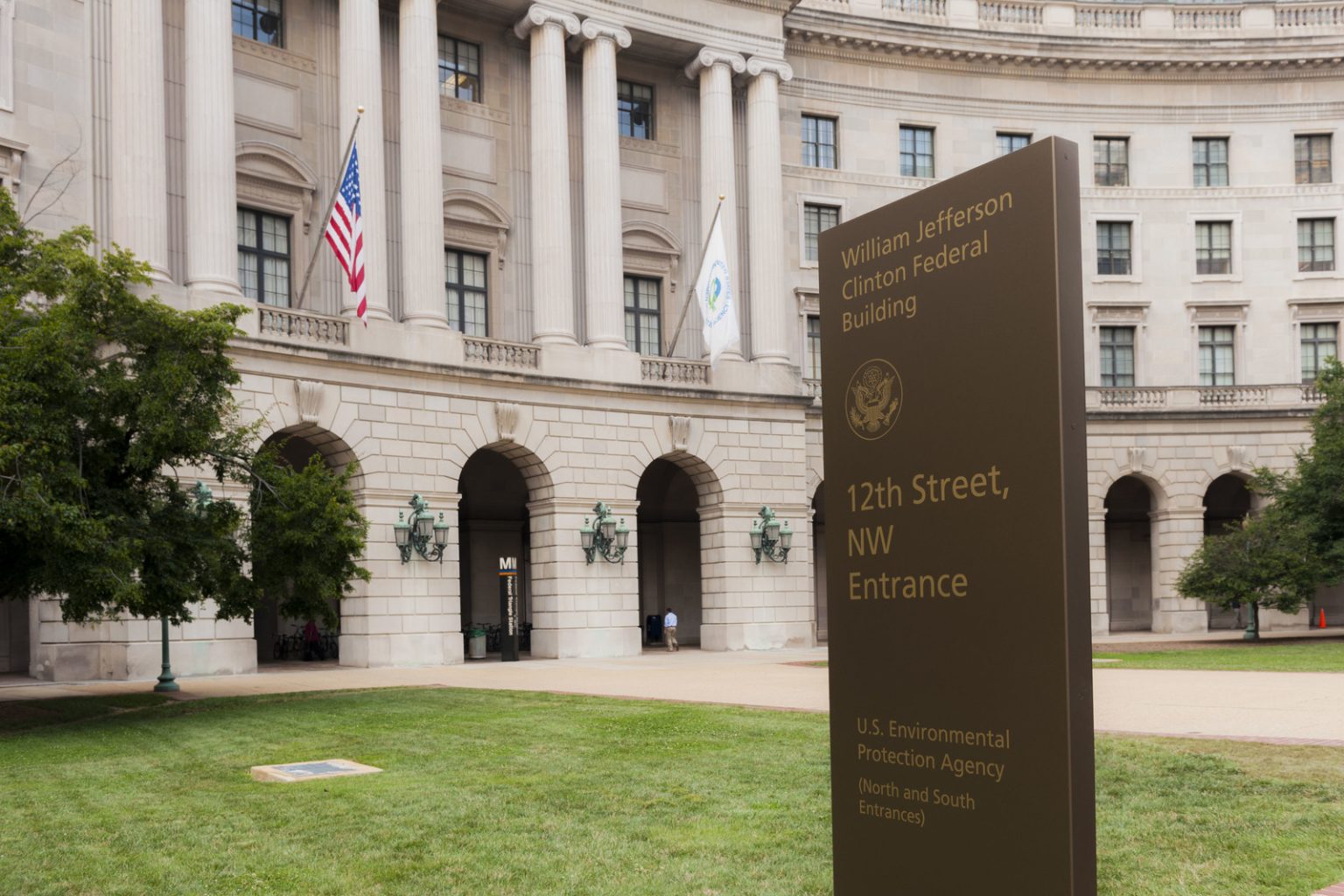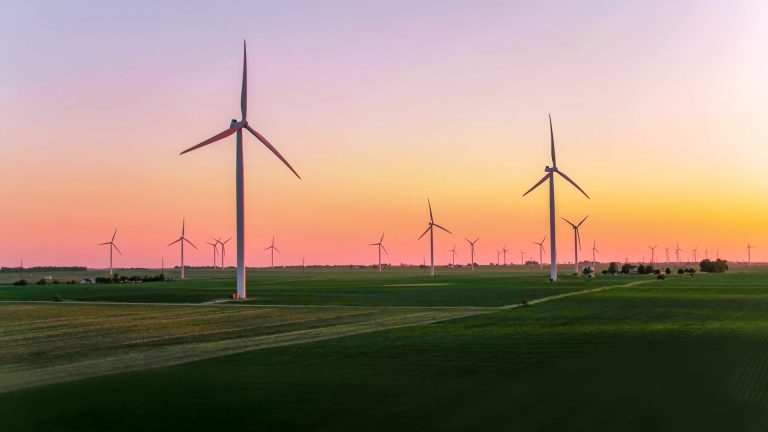EPA Proposes New Carbon Pollution Standards for U.S. Power Plants

The U.S. Environmental Protection Agency (EPA) announced a new set of proposed carbon pollution standards for coal and gas-fired power plants that are aimed at reducing harmful pollutants, protecting public health, and delivering significant climate and public health benefits over the next two decades. The proposed limits and guidelines would require power companies and grid operators to make long-term planning and investment decisions while providing ample lead time and substantial compliance flexibilities.
According to the EPA, the proposed Clean Air Act emission limits and guidelines for carbon dioxide (CO2) from fossil fuel-fired power plants are based on cost-effective and available control technologies. The power sector is the largest stationary source of greenhouse gases (GHGs) in the country, contributing 25% of domestic emissions in 2021, mostly due to the combustion of fossil fuels in electric generating units (EGUs).
The proposals would set limits for new gas-fired combustion turbines, existing coal, oil, and gas-fired steam generating units, and certain existing gas-fired combustion turbines. The proposed standards are based on technologies such as carbon capture and sequestration/storage (CCS), low-GHG hydrogen co-firing, and natural gas co-firing, which can be applied directly to power plants that use fossil fuels to generate electricity.
The proposed new source performance standards (NSPS) and emission guidelines reflect the best system of emission reduction (BSER) that, taking into account costs, energy requirements, and other requirements for the purpose of reducing carbon emissions from power plants.
The EPA estimates that the proposed rules would cut 617 million metric tons of CO2 through 2042, along with tens of thousands of tons of PM2.5, SO2, and NOx – harmful air pollutants known to endanger public health. Between 2024 and 2042, projected net climate and health benefits from these emissions reductions range from $64 billion-to $85 billion.
The anticipated health benefits of the proposals on new gas and existing coal include approximately 1,300 avoided premature deaths, over 800 avoided hospital and emergency room visits, approximately 2,000 avoided cases of asthma onset, more than 300,000 avoided cases of asthma symptoms, 38,000 avoided school absence days, and 66,000 lost workdays in 2030 alone.
The proposed requirements for existing gas-fired combustion turbines or the third phase of the NSPS would reduce between 214 and 407 million metric tons of CO2 cumulatively through 2042, according to EPA.

The EPA is also proposing to repeal the Affordable Clean Energy (ACE) rule.The rule was a regulation put in place by the Trump administration in 2019 to replace the Obama-era Clean Power Plan. The rule aimed to reduce greenhouse gas emissions from coal-fired power plants but took a more relaxed approach than the Clean Power Plan, allowing states to set their own emissions standards and giving power companies more leeway in meeting those standards. The ACE rule was criticized by environmental groups for not doing enough to address climate change and was the subject of legal challenges.
While the decision to set new carbon pollution standards will be met with controversy, the EPA has the ability to enact and enforce the standard based on the 2007 Supreme Court ruling regarding air pollution.
In that landmark case, the Supreme Court held that carbon dioxide and other greenhouse gases are air pollutants that fall under the Clean Air Act’s definition of “air pollutant.” The Court also found that the EPA has the authority to regulate greenhouse gas emissions from motor vehicles under the Act.
This ruling set a precedent that has been used in subsequent legal challenges to argue that the EPA has a duty to regulate greenhouse gas emissions power plants and other carbon emitting sources. In the case of the proposed carbon pollution standards for power plants, the EPA is using its authority under section 111 of the Clean Air Act to establish emission limits and guidelines for carbon dioxide from fossil fuel-fired power plants.
CleanEarth Media
Popular Now
More From Clean Earth










